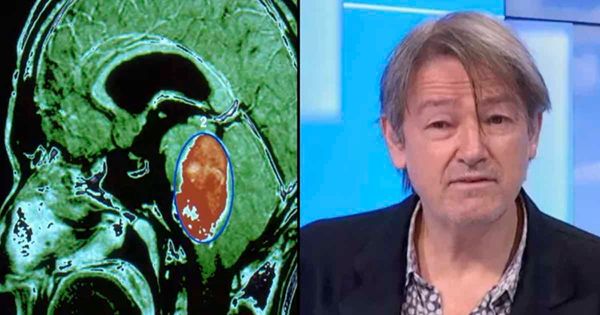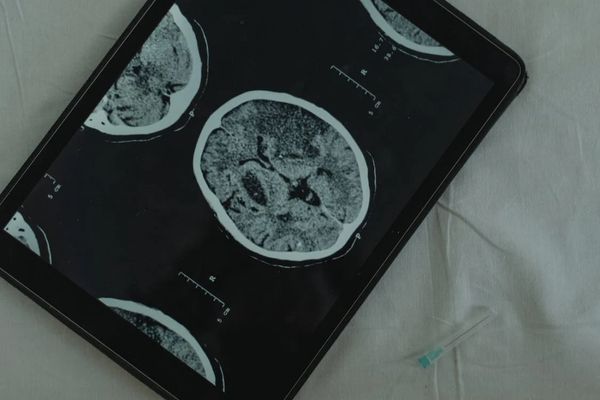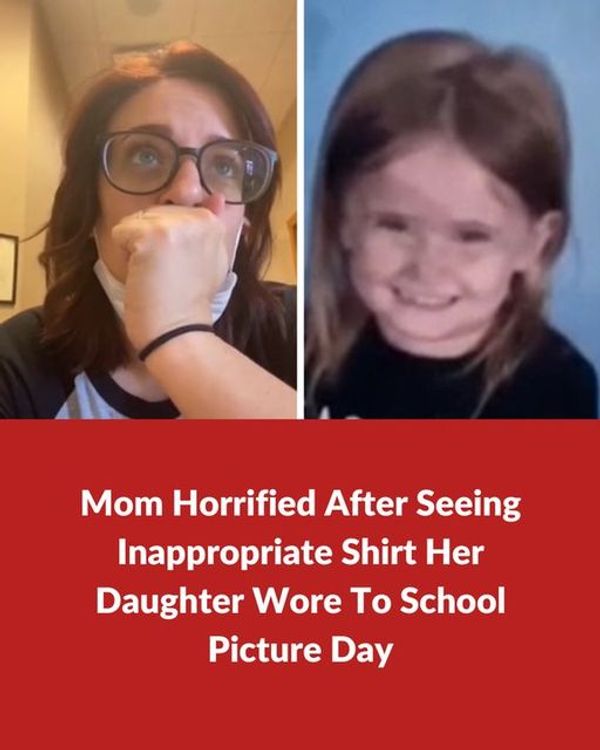
Lucas Jemeljanova, a brave 13-year-old boy from Belgium, has captured the world’s attention by achieving something previously thought to be impossible. He has become the first person ever to overcome a deadly brain cancer known as diffuse intrinsic pontine glioma (DIPG).
When Lucas was diagnosed with cancer at just six years old, his family felt hopeless and powerless. They tried various treatments, but nothing seemed to work. Eventually, they enrolled Lucas in the BIOMEDE trial in France, where innovative treatments for DIPG were being explored. To everyone’s surprise and delight, Lucas responded remarkably well to the drug everolimu. His MRI scans showed the tumor gradually disappearing.
Incredibly, Lucas stopped using medications a year and a half ago, and his tumor has remained absent ever since. The successful outcome is nothing short of a miracle and offers hope to those affected by this devastating disease.
A Beacon of Hope in the Face of Grim Statistics
Lucas’s journey was not easy. While battling the cancer, he struggled to walk in a straight line, experienced loss of consciousness, and had frequent nosebleeds. According to the Dana-Farber Cancer Institute, only 10% of people diagnosed with DIPG survive more than two years. The statistics are even grimmer for children, with a life expectancy of just nine to 12 months following diagnosis.
But today, at the age of 13, Lucas stands as a symbol of resilience and hope. He has been in remission for an astounding five years, defying all odds.
Dr. Grill, the head of the brain tumor program at the center, is amazed by Lucas’s progress. He says, “I watched as the tumor completely disappeared over a series of MRI scans.” This extraordinary outcome can be attributed to the extremely rare mutation Lucas’s tumor had, which made its cells more sensitive to the drug. Understanding this mutation and its effects can potentially help other patients facing similar challenges.
Researchers are now focusing on studying genetic anomalies and cultivating tumor organoids in lab settings to find a drug that can replicate the positive effects observed in Lucas’s tumor cells. However, developing and approving a new drug can be a lengthy process, taking around 10-15 years from initial discovery to market availability.
Lucas’s story is a testament to the power of resilience, hope, and cutting-edge research. It reminds us all that miracles can happen, and there is always reason to have faith.


Please share this remarkable story with your family and friends on Facebook, so more people can find hope and inspiration in Lucas’s incredible journey.



